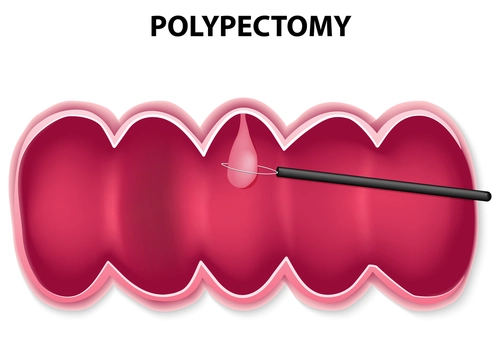Otolaryngology Coding Alert
Procedure Coding:
Decode Draf Drainage Procedures
Published on Wed May 17, 2017

You’ve reached your limit of free articles. Already a subscriber? Log in.
Not a subscriber? Subscribe today to continue reading this article. Plus, you’ll get:
- Simple explanations of current healthcare regulations and payer programs
- Real-world reporting scenarios solved by our expert coders
- Industry news, such as MAC and RAC activities, the OIG Work Plan, and CERT reports
- Instant access to every article ever published in Revenue Cycle Insider
- 6 annual AAPC-approved CEUs
- The latest updates for CPT®, ICD-10-CM, HCPCS Level II, NCCI edits, modifiers, compliance, technology, practice management, and more
Related Articles
Other Articles in this issue of
Otolaryngology Coding Alert
- MIPS Measures:
Keep In-Sync with Current MIPS Guidelines
Save yourself the hassle (and money) by making sure your practice is compliant with current [...] - Putting MIPS to the Test
We’ve provided these 6 ENT-specific measures that your practice can utilize to keep in compliance [...] - Procedure Coding:
Decode Draf Drainage Procedures
Here’s everything you need to know about Draf sinus procedures. If a patient suffers from [...] - ICD-10:
Abide By These Rules When Coding Foreign Bodies
Know when to apply these secondary codes. Foreign bodies (FBs) entering through one of the [...] - You Be the Coder:
Compare and Contrast Two Kinds of Radical Neck Dissection
Question: How would you code a laryngectomy with bilateral modified radical neck dissections? Mississippi Subscriber Answer: First, [...] - Reader Question:
Bundle Radical Dissections, Resections Based on Documentation
Question: The physician performed a modified radical neck dissection (38724) in addition to a radical resection [...] - Reader Question:
Sometimes, Two Words Make All The Difference In Descriptors
Question: Our physician performed a right submucosal resection of the inferior turbinate. After incising the inferior [...] - Reader Question:
Use ICD-10 Index, Reach Correct Thyroid Dx
Question: A patient diagnosed with hyperthyroidism was found to have an additional single thyroid nodule during [...]
View All




